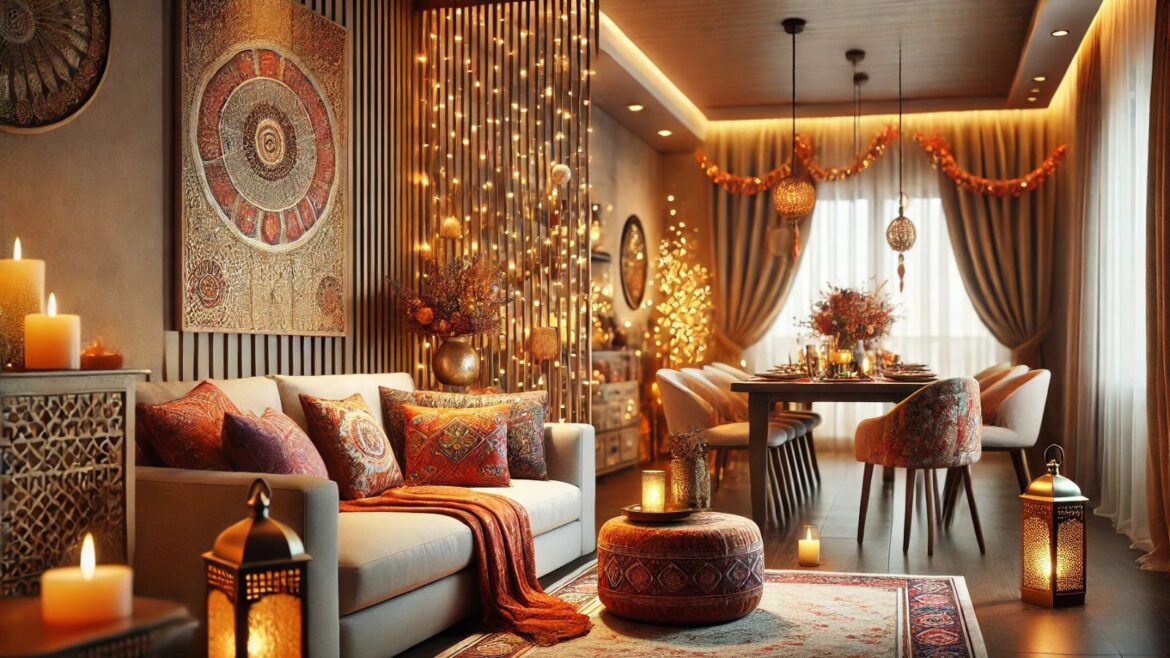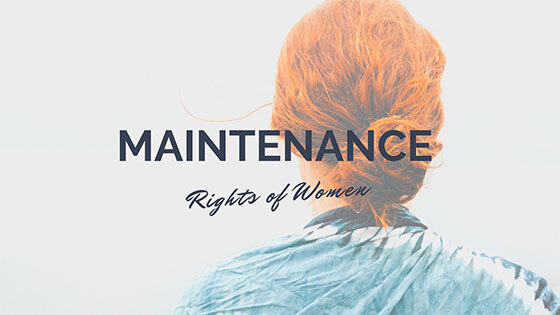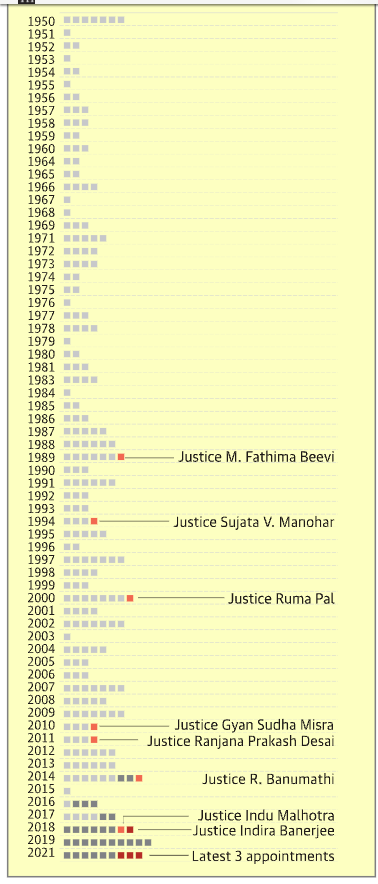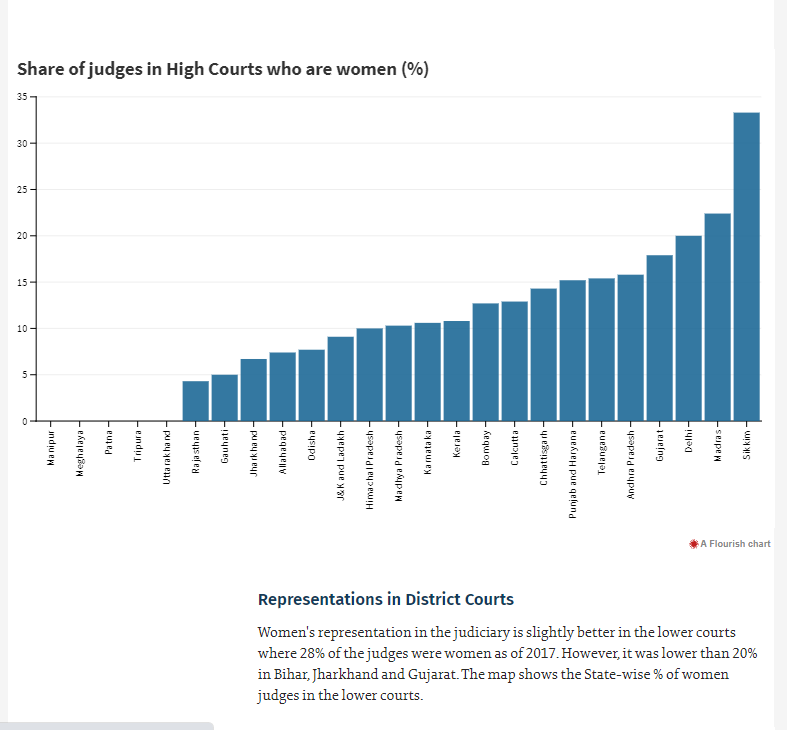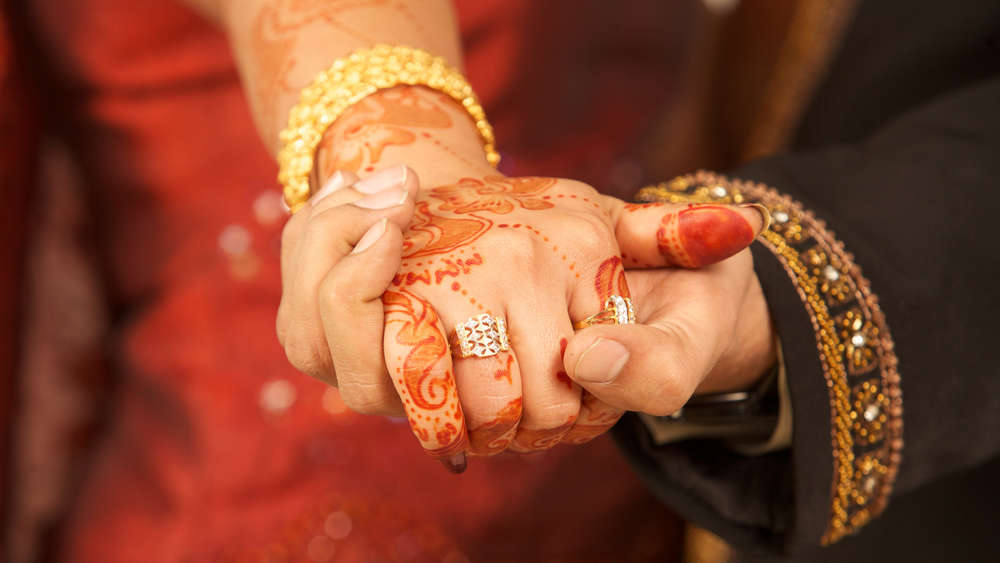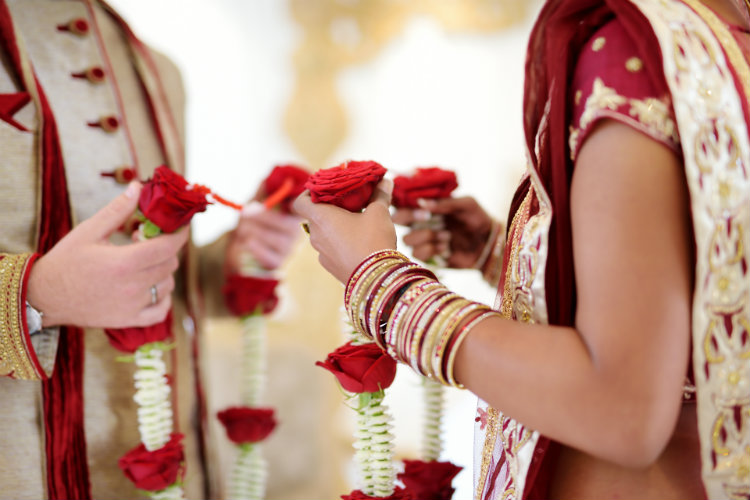By Greetha Singh
Diwali is not just a time for celebration but also an opportunity to completely redo your entire home once a year.
However for women with a very busy schedule finding time to redecorate their home during Diwali could be a very challenging task especially when no one is around.
But there is good news! Women don’t need days of preparation to give their home a Diwali makeover. With just few simple and easy-to-implement ideas they can transform their entire space into a festive retreat without taking any stress.
In the following article, women with very tight schedules will learn 10 easy décor ideas for this Diwali.
Sofa Cover Change
A simple sofa cover change will instantly transform your living room giving it a new fresh look. You can choose lively and vibrant colors like gold, red and deep blue to reflect the festive spirit of Diwali.
Choose a design and pattern that complements your existing décor as well as blends in with the surroundings. Sofa cover change is quick and easy for women who are always on to go and have little time to decorate their homes.
Festive Cushion Covers
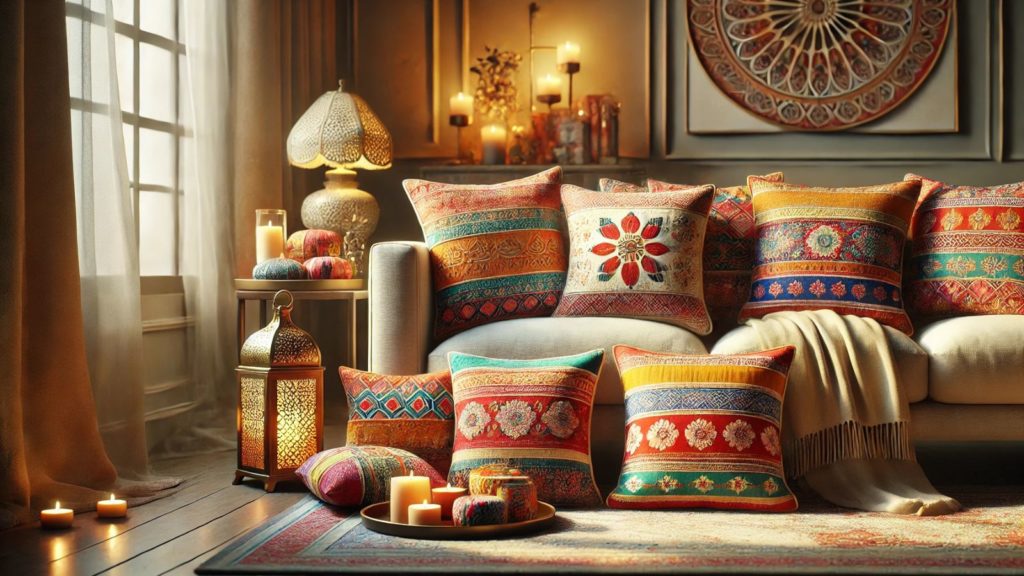
Cushion covers are as important as sofa covers when it comes to adding festive touch to your living and bedroom. They are very easy to change and also budget friendly.
You can choose cushion covers with bright colors and festive patterns or even Diwali-themed motifs. Swapping the old ones with new ones wouldn’t take much time as cushion covers are very easy to slip. With this simple Idea women with limited time can instantly give their home a Diwali makeover.
Table Runners and Mats
During Diwali your home especially dining area will be frequently visited by your relatives and close friends. A quick change of table runners will not only impress your guests but also protect furniture from spills during Diwali feasts.
You can choose table runners with traditional prints and vibrant colors to match the surroundings for a consistent look. This décor idea just takes few minutes to implement making your dining are feel special for the Diwali.
Bedroom Décor

Quick and easiest way to give a Diwali touch to your bedroom is by starting a thorough cleaning and decluttering. Make sure there is minimal clutter in your bedroom You can organize all the essential items by placing them into various storage accessories like Drawer units, Pallet racks, Shelving etc.
Next is to add fresh and vibrant bedding set for a festive feel. To make it cozy and give an inviting look, consider options like Comforters and dohars.
However if you are unsure about the matching pieces but still want a cohesive and modern look, go for a comforter set with matching bed sheets and pillow covers. This is an effortless way to transform your entire bedroom.
By this simple makeover you can refresh your space and give a festive touch, especially if you are a busy woman seeking a comfortable yet festive makeover this Diwali!
Decorative Foot Mats
Swapping your regular foot mats with a stylish and decorative one is the easiest home makeover you can give this Diwali. Mats with bright colors and traditional patterns can be placed at the entrance hall or around the living area.
A new foot mat not only adds a festive touch but also keep your home clean as guests come and go during the Diwali gatherings.
Women with limited time and minimal investment can implement this Idea easily.
Festive Wall Hangings
Wall Hangings and torans are very simple décor accessories that can give your home a festive feel instantly. You can place wall hangings in your living and dining room while hang torans at the entrance of your home.
Try out new designs featuring traditional motifs, mirrors or beads to give a festive look. These décor are very easy to hang and remove especially for women who are looking for quick decoration of their home.
Fresh Flower in Vases
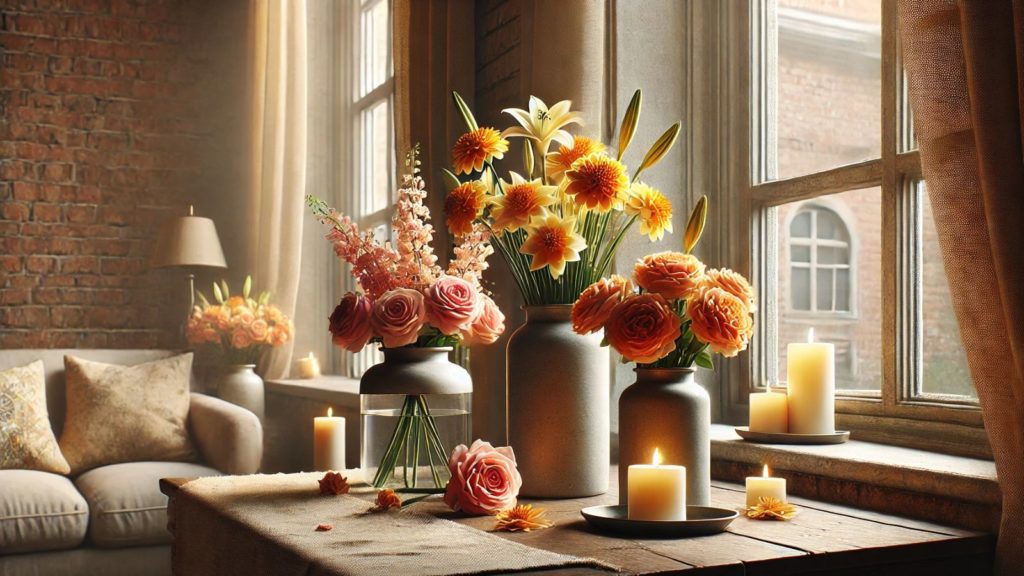
How much time does it take to place bright marigolds, roses or lily in vases and arranging those vases either in your living or dining area? It takes no time!
Flowers instantly transform the ambience by adding a refreshing natural touch to the décor of the living area.
But the best part of this idea is it is very easy to implement and also budget friendly for women with busy schedule.
Quick Fairy Lights Setup
Diwali is festival of lights therefore fairy lights are a must have for this occasion. Quick Fairy Lights are very common Diwali Decoration Idea in India because they are cheap and super easy to install.
You can wrap them around your windowsills, staircase handrails, balcony railings, around plants to create a warm and welcoming glow. Always choose LED fairy lights as they are easy to drape around and also consumes less electricity.
Women who are busy can implement this easy décor Idea for the Diwali makeover this year.
Decorative Candles and Tea Lights
Another must have for the Diwali decoration are Candles and Tea Lights. They create warm and inviting atmosphere in the home for your guests.
You can place these accessories in decorative holders or arrange them on trays in your living and dining room. Scented candles in fragrances like sandalwood or jasmine accentuates the festive feel.
This is a simple décor idea that requires minimal preparation to give your home a makeover.
DIY Floral Rangoli
Do it Yourself Floral Rangoli or Floral arrangement not only enhances the beauty of your home but also exudes positive vibes into the surroundings.
A Rangoli made with fresh flowers like roses, marigold, jasmine etc is an easy and elegant décor idea perfectly suited for women of all kinds.
You can create a simple design at your entrance or even use a pre-made Rangoli stencil without making a mess out of the Rangoli powder.
Pre-Made Festive Décor Kits
For women with very tight schedules, pre-made festive décor kits can come handy. These kits include everything they need to decorate their homes for Diwali. From Rangoli stencils to Diya Holders to Wall Hangings you will find everything in the kit.
You just have to unpack the kit and place all the accessories around your home. Ready-to-use kits are not just great time-savers but also give your home a simple yet elegant festive look.
Best option for women with busy timeline!
Conclusion:
A home makeover for a festival like Diwali doesn’t have to be this hectic and stressful. With these 10 aforementioned home décor ideas women with busy schedule can create a festive and inviting atmosphere in their home with a minimum investment.
From quick soft cover change to adding fairy lights to using pre-made kits, all 10 ideas are very simple to implement and at the same time make your home Diwali-Ready in no time.
Working women will find all the 10 home décor ideas effortless and budget friendly that create maximum impact with minimal effort.


